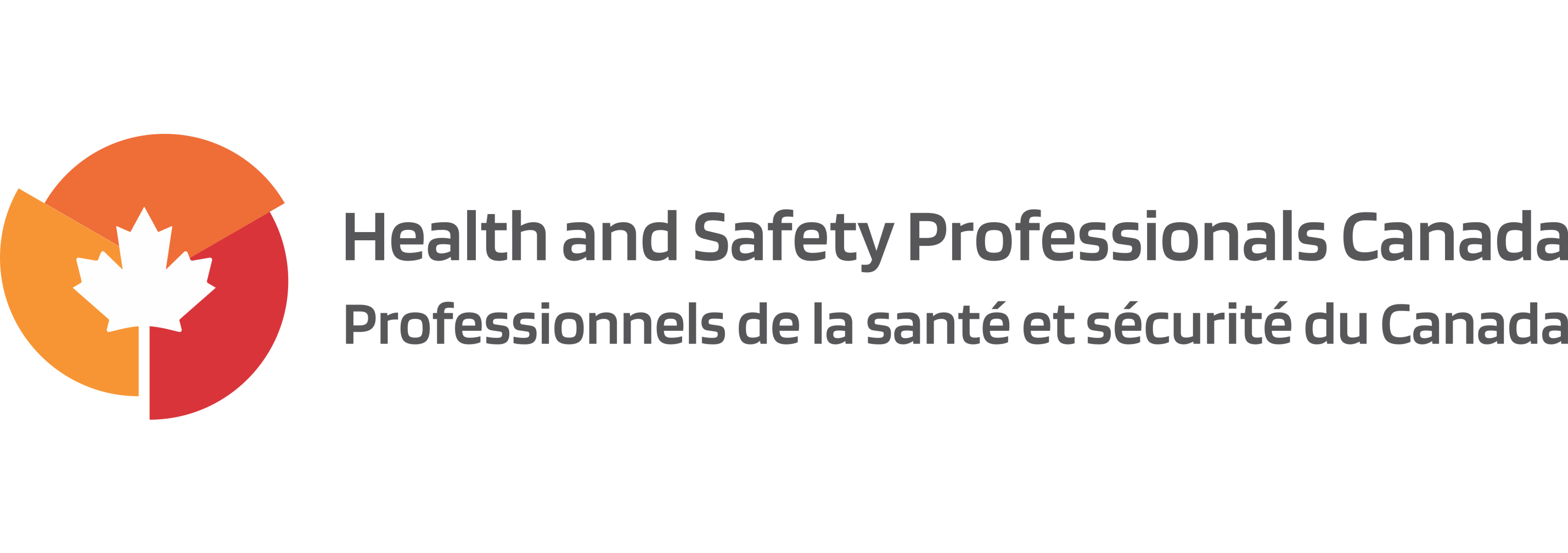Spotlight on CSSE Members
Mike Harnett
 Mike Harnett doesn’t hesitate when asked about how she got her start in fatigue risk management: “I always say that this career chose me; I didn’t choose it.”
Mike Harnett doesn’t hesitate when asked about how she got her start in fatigue risk management: “I always say that this career chose me; I didn’t choose it.”
In 1986, Mike was working at CN Rail, where she had been hired right after graduating from university. On February 8th of that year, 23 people were killed in a collision between a CN freight train and a VIA passenger train. It was the deadliest train accident in Canada in more than 40 years at the time. “I had been hired under their safety umbrella, but after the accident, which was the first one documented to be attributed to fatigue in Canada, I was put into this role of learning more about ergonomics and fatigue as it was unfolding in the world of safety. Which kind of puts me outside of the safety world a little bit, as these topics didn’t deal with traditional safety at that time."
It took almost two more decades for the importance of fatigue as a contributing issue to health and safety to be taken seriously as a concern in Canada—something that was long overdue, according to Mike. “My focus really became on not just looking at the person, but at what the organization is doing to promote or mitigate fatigue-related risk. And how fatigue adds to the demands of work, and obviously the consequences on the person. It also drove me to get involved in developing the first CSA standard on psychological health and safety.”
Today, Mike works as a human factors professional and is the President of Solaris Fatigue Management. Her firm consults with private- and public-sector clients in Canada and around the world to help them optimize worker health, safety, and performance in their organizations. She’s also an adviser to the FitDrive European Consortium, which consists of seven countries and 10 partners dedicated to the research and development of driver safety initiatives.
Mike has been a member of the CSSE since the late 1980s, when she worked at CN Rail. She’s emphatic about the value the organization brings to her. “Certainly from a knowledge perspective, because I have to work side by side with safety professionals, I need to understand what their motivations are, what their organizational motivations and roles and objectives are, in order for me to deliver content that is relevant to them, as well as the ability to network with different safety professionals. The other thing that, as a consultant, it gives me a platform to introduce myself and the unique services I provide. I do a lot of speaking engagements and standing up on the CSSE platform. And of course, some of their national conferences are a great way for me to introduce my message and get myself out there.”
Since that time, Mike has become more deeply involved with the CSSE. “The camaraderie is one of the main reasons I have continued to be part of the CSSE — I mean, we all have the same mission.” Over the years, she has become a subject matter expert with the organization, has represented the CSSE in Canadian Registered Safety Professional (CRSP) training groups, and helped those who are working toward their CRSP designation.
After an initial hesitation (“I’ll be honest — when I first heard about the proposed name change, my gut reaction was to vote against it”), Mike has become an enthusiastic supporter of the changes underway at the CSSE as it enters its 75th year. “The new name, the new focus—to me, it means we’re tying the picture together to show the bigger business. We’re going to have safety people who are now going to expand their thoughts a bit more and start to look for that connection, with the health impacts, with the business impacts, building that bigger picture, that bigger framework that kind of is lacking in a lot of organizations — it’s not just about getting your CRSP, it’s moving way beyond that — and I feel really positive about what lies ahead.”
